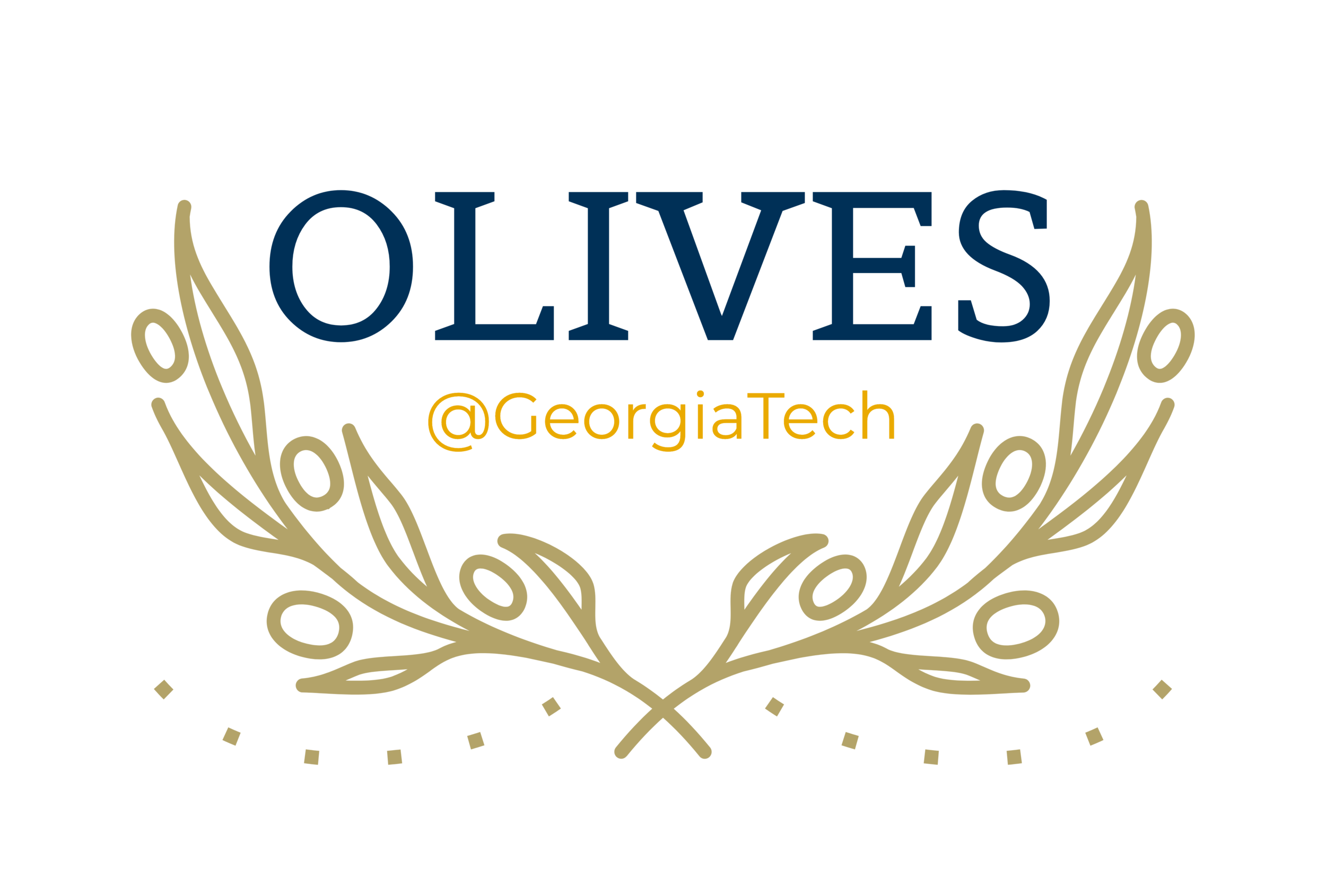In recent years, artificial intelligence systems achieved state-of-the-art performances in a number of computer vision applications. For instance, in image classification, deep learning based neural networks surpassed top-5 human error rate of 5.1% on ImageNet dataset. However, these networks are susceptible to adversarial noise that, when added to the images on ImageNet, can cause an error rate of 100% with no discernible change in the images themselves. At OLIVES, we develop algorithms that can robustly operate under real-world challenging conditions through weakly supervised learning, backpropogated gradients, and transfer learning. We introduced three large-scale datasets (>1M) with controlled challenging conditions to test and develop robust algorithms: CURE-TSD, CURE-TSR, CURE-OR.
1.Learning under Limited Data and Labels
a.A Gating Model for Bias Calibration in Generalized Zero-Shot Learning
b.Novel Paradigms under Label-Constrained Applications in subsurface imaging
c.Label-Constrained Applications in Autonomous Driving
d.Patient Aware Active Learning for Stable Medical Image Classification
e.Novel Paradigms under Label-Constrained Applications in X-ray imaging
f.Synthetic Data Generation for Seismic Self-Supervision
g.Synthetic Data Generation for self-supervision using challenging data CURE-TSD/R
i.Weakly Supervised Seismic Interpretation for Labeled Data Constrained Settings
j.Semi-supervised Sequence Modeling for Elastic Impedance Inversion
2.Learning under Adversaries
3.Learning under Multi-modal data
a.Semi-supervised Sequence Modeling for Elastic Impedance Inversion
c.Biomedical applications
i.Multi-Modal Learning Using Physicians Diagnostics for Optical Coherence Tomography Classification

